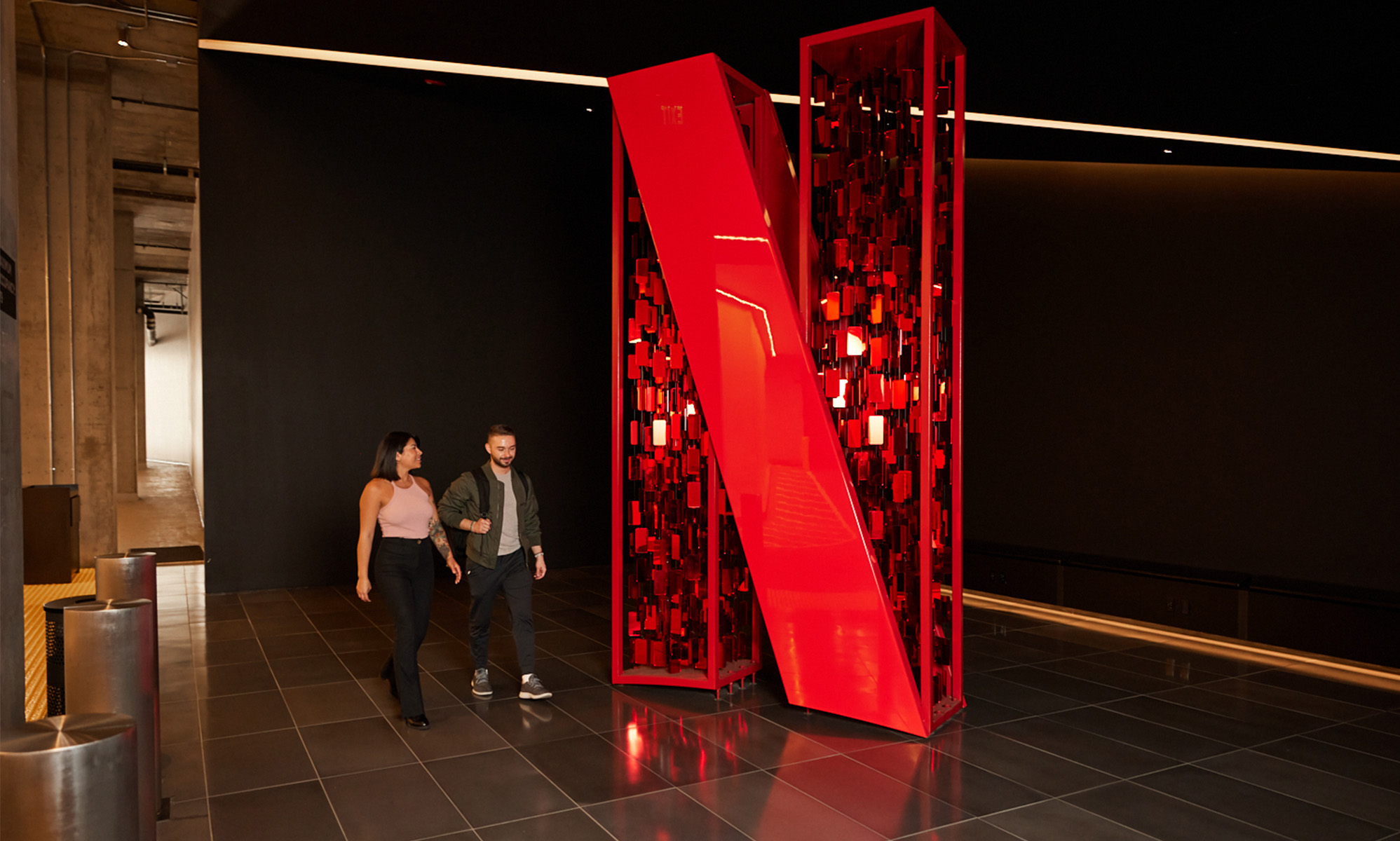In the 1980s and 1990s, Chuck E. Cheese dominated the birthday party market. It still does well in that market segment, but it's really only appealing for younger -- maybe six and under -- customers. That makes the company's road back to relevancy a bit of a challenge. It's plotting its path back to being publicly traded via something called a special-purposes company -- using a shell company for the proceeds of the IPO to go into a holding company, which then controls the brand.
To catch full episodes of all The Motley Fool's free podcasts, check out our podcast center. A full transcript follows the video.
This video was recorded on April 16, 2019.
Dylan Lewis: Chuck E. Cheese is coming back, Dan!
Dan Kline: It's always been here. It's coming back to the public market.
Lewis: Yes. And I think back into the mainstream consciousness. I know I personally remember being at Chuck E. Cheese as a kid, loving it, being like, "Yep, this is where I want to go for my friend's birthday." I have since forgotten about it.
Kline: I have a 15-year-old. When we were kids -- I'm older than you, as we've established on many shows -- Chuck E. Cheese was a thing until I was in about fifth grade. That's about when Atari came out and when arcades were big. But Chuck E. Cheese was the only place that had video games and a climbing maze. I would say the age of Chuck E. Cheese shrunk to maybe five years old, six years old, as the max of when kids are interested. My son's 15, and I haven't been in a Chuck E. Cheese for 10 years.
Lewis: I haven't seen a Chuck E. Cheese in a long time. I'd forgotten that they were still in business, to be honest. They are doing quite a bit to try to refurbish their image. I had a really, really good time researching this show because there are all these people who have put together these compilations of the Chuck E. Cheese mascot over the years. You see it go from this very crude, frankly scary mouse --
Kline: It's menacing!
Lewis: It's menacing. To something now that looks almost like a Pixar character.
Kline: I think what's important is, it was originally a suit and an animatronic character. And now, in some markets, it's still a suit, but it's largely an animated character, which makes it a little easier to take some of the edges off.
Lewis: Yeah. So, they are trying to get modern as a brand. They are trying to become a place that people want to go again. For investors, the reason we're talking about today is, they are going to be hitting the public markets, and they're doing it in an interesting way.
Kline: They're using what's called a special-purposes company. It's sort of a backdoor IPO. Basically, it's an empty shell of a company that you use to have an IPO, then the proceeds of that go into a holding company.
Lewis: Obviously, this isn't something people are super familiar with. I think it's probably more than anything a product of Chuck E. Cheese's fairly complicated history as a private company.
Kline: Yeah. It's also, if you look at the traditional metrics of how a bank takes someone through an IPO, those are companies with either a lot of upward potential or no debt. This is a case of a company that has almost as much debt as it has value, about $900 million in debt and $1.4 billion in projected value.
Lewis: You're more used to seeing this kind of thing happen when it isn't the first time the company's been out there. Typically, if something has been taken private and then is reentering the public markets, sometimes you'll see an IPO, sometimes you'll see some kind of interesting structure go on there. Some of the businesses that had a hand in Chuck E. Cheese as a private entity are going to continue to maintain some control of the business, even as it goes public.
Kline: They're going to control 51% of the business. [laughs]
Lewis: So you have to be on board with their vision of things.
Kline: Absolutely! It's a hedge fund, it's Apollo Management. That's the nervous part about this. The company that's wrung up almost $1 billion of debt on the Chuck E. Cheese brand, while updating approximately 60 of its 700 locations... [laughs] Really, if you remember Chuck E. Cheese from 1984, that's probably your Chuck E. Cheese now, with a little bit of painting and slightly less terrible pizza.





